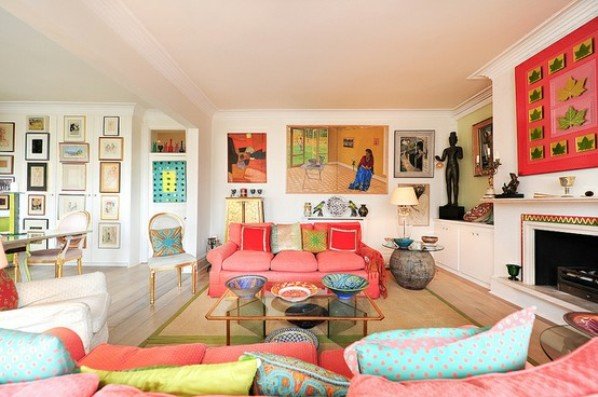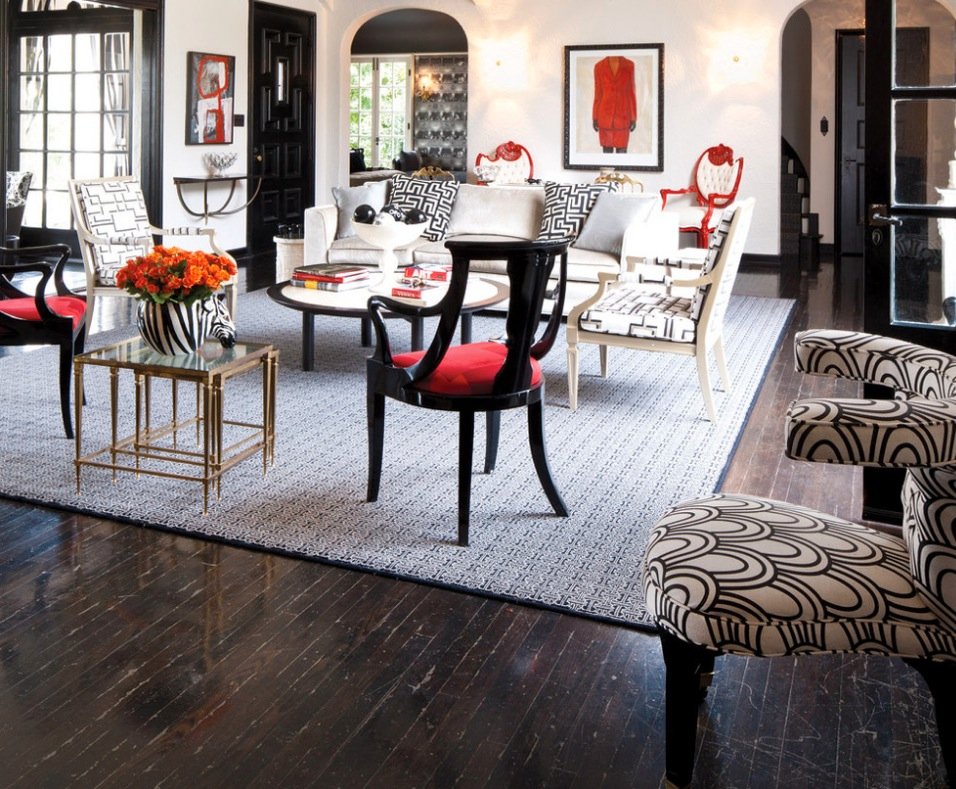Most of the times, people are hesitant to mix and match, especially when they are new to the field of interior designing. They worry about doing so, and they will convert their meticulously planned space into a sloppy room. If this scenario sounds familiar to you, don’t fret. You are one among us. But fortunately, there are several ways to mix and match while still ensuring a cohesive design once you are done with the finishing touches. In this article, we have told a description about what all you need to know about. Here are some guidelines that will help you while working on mixing materials and we assure you with these decorating trends in the mind you’ll be able to design home with confidence.
Why contrast is important?
Imagine if you walk into an apartment and every surface is covered in exactly same kind of material and it is in same shade. After getting this initial shock, you would find the room dreary and boring. In this scenario, there is nothing that can interest you, so it is better for your eyes and mind to wander something that is engaging and interesting.
How can it be achieved?
Contrast can be easily achieved by mixing and matching, and it will provide visual appeal to the home. It is an acknowledged fact that most of us tend to gravitate towards spaces that gives our eyes multiple things to examine in a whole, so keep this goal in mind when shopping for items that will eventually fill up your home interiors. That said, when it comes to contrast, there is a big thing that you need to do. After a certain time period, too many points of visual interest becomes overpowering and our eyes need a place to rest and reset themselves. Spaces that are designed optimally strike a balance between the two extremes to create a harmonious look.
Add patterns in home
When it comes to mixing and matching, patterns are the first things that you need to consider. After all, you can use them to infuse color and add visual interest to the space at a relatively low cost when compared to similar items in neutral shades. Plus, you can use them at home, essentinally anywhere and everywhere like on wall coverings, to a statement piece of furniture and for accessories like throw pillows. The key to blending the patterns together is by successfully combining different patterns that have threads to tie them together. Consider adding prints in the home with similar color palette. If you feel like giving more advanced color scheme like tetradic scheme, keep the patterns within same theme to give the room unified look.
The designers suggest that one should add at least four patterns into a defined space. Ensure that you break up the patterns by using a lot of neutral items in between. Try your best to create a visually and physically beautiful space with patterns around the corner, so that no section look overwhelming.
Add texture in home
In the field of interior design, texture plays a vital role. Texture refers to the way the material feels. But, it is also important to take into consideration how the material looks like and how it feels. Contrasting those feelings is important when you wish to add interest to the space. Texture is a key when it comes to adding visual appeal to a room and keeping the space grounded. Remember that rough textures are more comfortable and weightier to our eyes than smooth ones. So, if you are looking for welcoming oasis, rough textures are best way to go about, smooth texture generate sleek look to the home.
From where you can add texture to the interiors
You can texture to home interiors through a variety of places. Like you can incorporate architectural elements in the home like crown molding. Don’t hesitate from putting these textures on your wall through wall paper or cover it with help of textiles. In this blog, we generally emphasize on adding personal interest to the home or to identify the interiors that add visual appeal to the home. Before zeroing upon anything, you need to think what do you want a contemporary room or a country themed room? While those questions are important to think upon, especially if you are starting to identify the looks that you like and that you don’t much about. Interior designing is an art and it is not a singular school of thought. Truly, the next level room combines different elements of the room.
Especially when you are new to interior design, it can be tempting to go for a single style or a color palette that you know will blend together. However, if you wish to create an eclectic look to the room, there is no reason to mix and match. These guidelines will ensure that your individual design elements combine together to form a unified space. Keep in mind above-mentioned tips to achieve the look that you will love.





